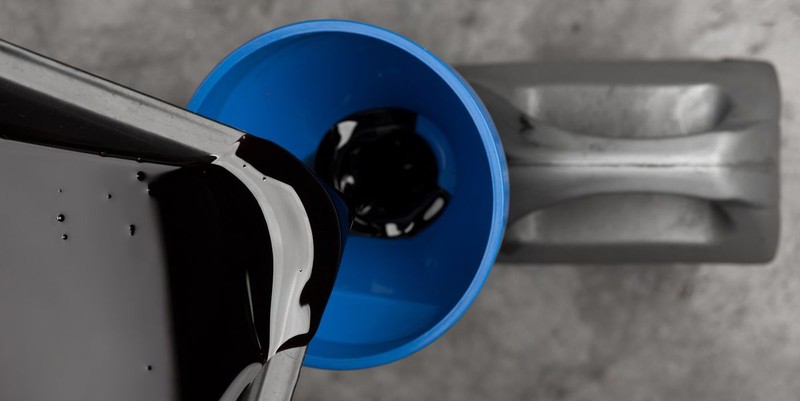The best Options With the Waste Oil Collection

Waste oil is mineral oil that is released from machines such as cars, trucks and tractors. This oil is also found in hydraulic systems and generators. Waste oil is flammable and should not be allowed to enter the ground or sewer. Waste oil must be disposed of separately in accordance with legislation and regulations. After disposal, the oil is cleaned and recycled into base oil for grease and bitumen. Waste oil is collected in oil barrels or sucked out of a bulk tank. When it comes to waste oil collection then the below mentioned information happens to be important.
Yield for Waste Oil?
The oil market has changed a lot in recent years. A few years ago you still got a return for waste oil, but now costs are charged for collection. The cause of this is the falling price of crude oil. When crude oil is cheaper than recycled oil the demand for waste oil falls. The transport and processing costs for collection will remain. For collection this means that costs are charged up to a quantity of 2,000 liters. From 3,000 liters you will receive a yield of 0.02 cents per liter.
Collection and Fees
Frying fat can be collected both packaged and unpackaged. With unpackaged collection, the fat can be poured back into the original packaging, after which it is collected in a roll container. Unpackaged, the fat is poured from a pan or reserve into a drum. A fee is given for the return of old frying fat. The amount of the compensation depends on the quantity and the method of collection. If you dispose of several types of waste, costs and revenues are offset against each other.
Collection of Waste Oil
Waste oil is stored by companies (usually garage owners) in oil drums of 60 or 200 liters, IBC or bulk talks. In order to prevent unnoticed leakage of waste oil into the soil, this above-ground storage must be placed in a suitable drip tray. The storage must also meet certain requirements. These requirements have been relaxed since 1 January 2015, after it has been determined that waste oil is a harmful substance, but is no longer categorized as a hazardous substance. Indeed, the flash point of waste oil, even when it has been mixed with a small amount of gasoline through use, is well above 60 degrees Celsius. For this reason, no chemicals or large quantities of other hazardous substances may be mixed with waste oil.
Waste oil is preferably sucked empty from the drums or tank by a tanker. The tanker is equipped with several compartments so that a limited amount of coolant and brake fluid can also be taken (free of charge).
Recycling Process
In addition to oil, contaminated oil contains PCBs (polychlorinated biphenyl), water, fuel residues and metal particles. The ultimate goal is to keep only the oil so that it can again serve as base oil for lubricating oil. In a first separation process, the contaminated oil is separated by a tricanter (separator) and 3 streams remain: (slightly cleaner) waste oil, unbound water and sediment.
Use Recycled Oil
Depending on the quality and contamination of the used oil, approx. 60% of this oil is used again as base oil for hydraulic oil, among other things. The other flows that were previously separated can also be reused so that a total of approx. 90% can be used as usable raw material.








